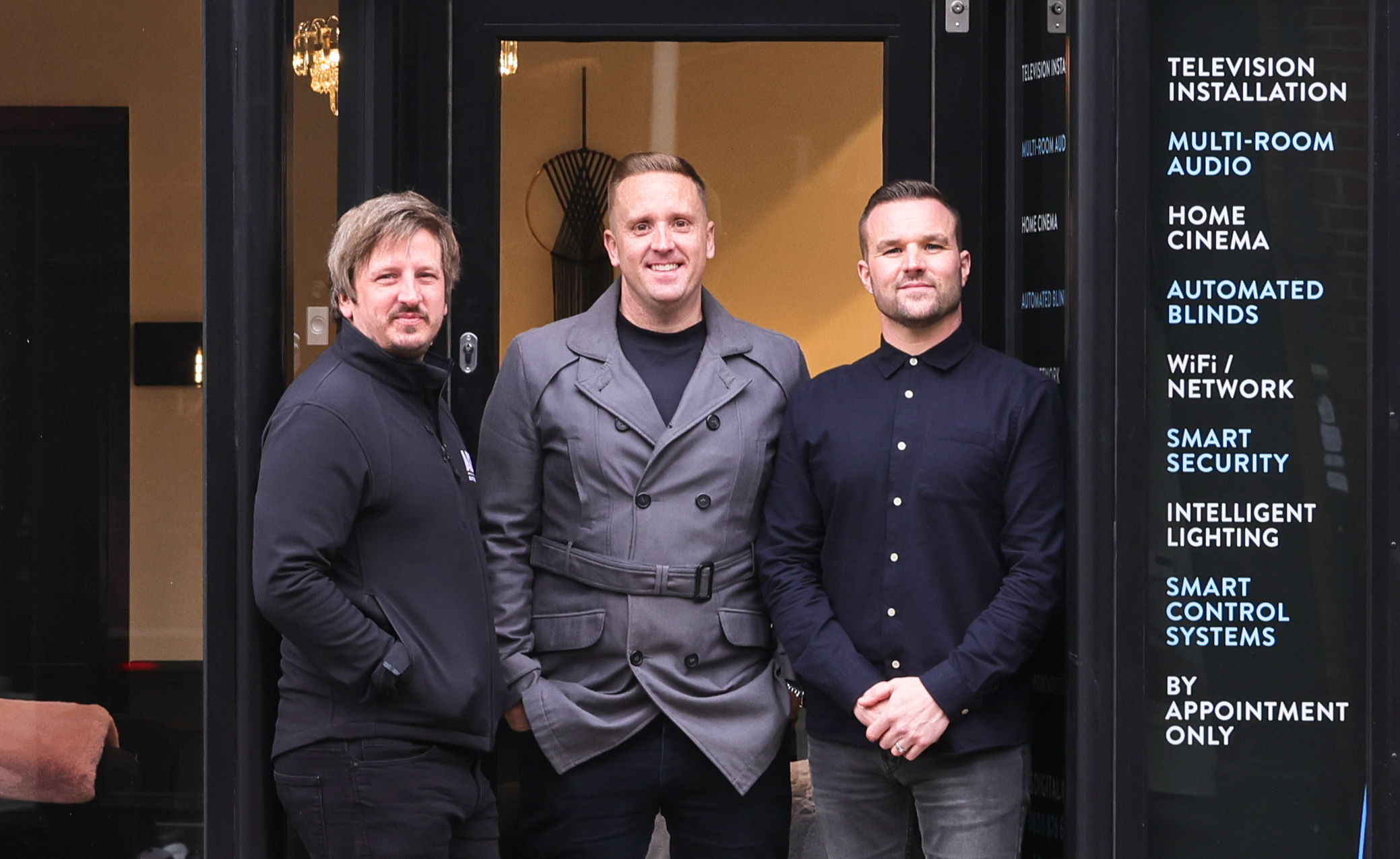Wondering how you could improve your TV antenna reception?
ADS Smart Home are here to help. We understand that there’s nothing more frustrating than sitting down to watch television, only to find that you have poor TV reception.
If you’re suffering from pixelation or just poor TV reception in general, it could be down to having poor or even too much TV signal, as well as other things such as interference and faulty equipment.
We have collated a list of five tips that will help you improve TV reception to avoid regularly losing signal and getting that horrible static picture on your screen.
Step 1. Check your wiring
More often than not, poor reception is simply the result of poor or disconnected wiring. Checking your cables should always be the first step in ascertaining the cause of the problem. Whenever you experience any issues with your signal, make sure that all of the cables are connected securely. You could try disconnecting and reconnecting the cables from your TV to your satellite dish and power sockets, as a hard reset of the equipment might just fix your problem.
Step 2. Upgrade your aerial
Most people think that buying any product tagged as “aerial” will help them improve their TV reception. This is, unfortunately, is not the case. Since the analogue takeover, television signals have mainly been split into two frequency bands: VHF (very high frequency) channels and UHF (ultra-high frequency) channels. In most cases, poor TV reception is a result of issues regarding the frequency compatibility and broadcast location.
In order to improve your reception on a TV antenna, your aerial must be capable of receiving digital frequencies at sufficient strength. In certain areas of the UK, a wideband aerial upgrade may be required to receive digital terrestrial frequencies. This is because certain regions have digital multiplexes that broadcast on a widely split UHF. Old television aerials were designed to receive narrower frequencies, which could result in poor reception. If you suspect that this is a problem, check to see if you need an aerial upgrade using the Freeview Coverage Checker. You can also check for problems with wider transmitters affecting your area, via the BBC, here.
Step 3. Install a pre-amplifier
If you are supplying a signal to multiple televisions in your home and are using the same antenna, you may find installing a signal splitter improves your poor tv reception. A signal that gets divided without a proper splitter becomes weaker and ends up affecting all of the TV devices connected to the antenna. Using a pre-amplifier to boost the signal and drive it through the coax cable could help improve your TV reception. If this doesn’t work, a distribution amplifier may be required to boost the signal from the antenna side of the splitter.
Step 4. Buy a signal booster
Purchasing signal boosters should only be used as a last resort as they will make your signal more susceptible to interference, which could lead to more frequent signal issues going forward. However, if you live in an area that has generally poor signal, purchasing a fully screened masthead amplifier might be the only thing that will help improve your TV antenna reception. Remember that unscreened models may cause more hassle than they’re worth, so always purchase your equipment from reliable vendors.
Step 5. Change your supplier
If you’ve completed all of the above steps and are still wondering how to improve your TV reception, you might have to resort to changing your supplier. In some cases, it doesn’t matter how good your equipment is or how you have your system set up, if your supplier is not providing you with a good television signal, you won’t be able to improve the quality of your reception. At the end of the day, you can only receive what your provider is capable of delivering.
If you’re bound to a contract, which doesn’t allow for early termination, try to argue your case. Explaining that you are not able to receive the full benefits that you’re paying for usually does the trick.
Before you take the plunge and sign yet another contract, make sure to consult a specialist and ask for their recommendation. Most decent companies will be more than happy to give you advice over the phone.
The trouble with digital television signals is that they can be affected by almost anything; therefore, finding the route of the problem isn’t always easy. Before you start buying new equipment try moving the position of your aerial, or any obstructions that could be reducing the signal strength. While you may suspect a more serious problem, sometimes the most obvious solutions are the most effective.
If you have any further queries, please get in touch with our experts today.


